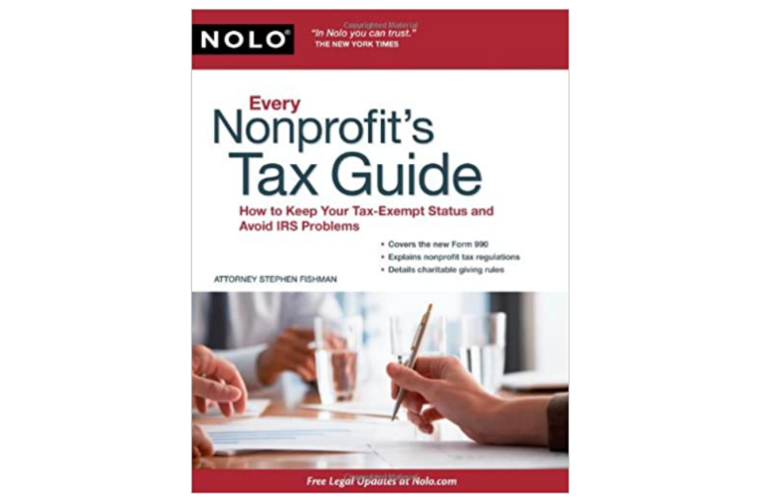Many nonprofit managers have found it beneficial to use independent contractors rather than full-time employees for a variety of reasons. Their motives are usually financial, but many managers have found themselves getting into trouble with regulating authorities.
When the employer is a nonprofit organization, negotiating the terrain between contractor and employee can be especially sticky.
In his book Every Nonprofit’s Tax Guide, Stephen Fishman explains elements of Section 530 in the tax code of the Internal Revenue Service (IRS). This section is a safe harbor rule that protects an organization from IRS challenges or penalties regarding federal employment taxes in the case of an audit.
It is not just a matter of claiming safe harbor protection, however. Fishman notes that for an organization to qualify for safe harbor protection, three requirements must be met.
An organization must have:
- Filed all required 1099-MISC forms for the workers in question;
- Consistently treated the workers involved, and others doing substantially similar work, as independent contractors; and,
- Had a reasonable basis for treating the workers as independent contractors — for example, treating such workers as independent contractors is a common practice for similar nonprofits, an attorney or accountant told the nonprofit the individuals qualified as independent contractors, or the nonprofit relied on an IRS ruling.









